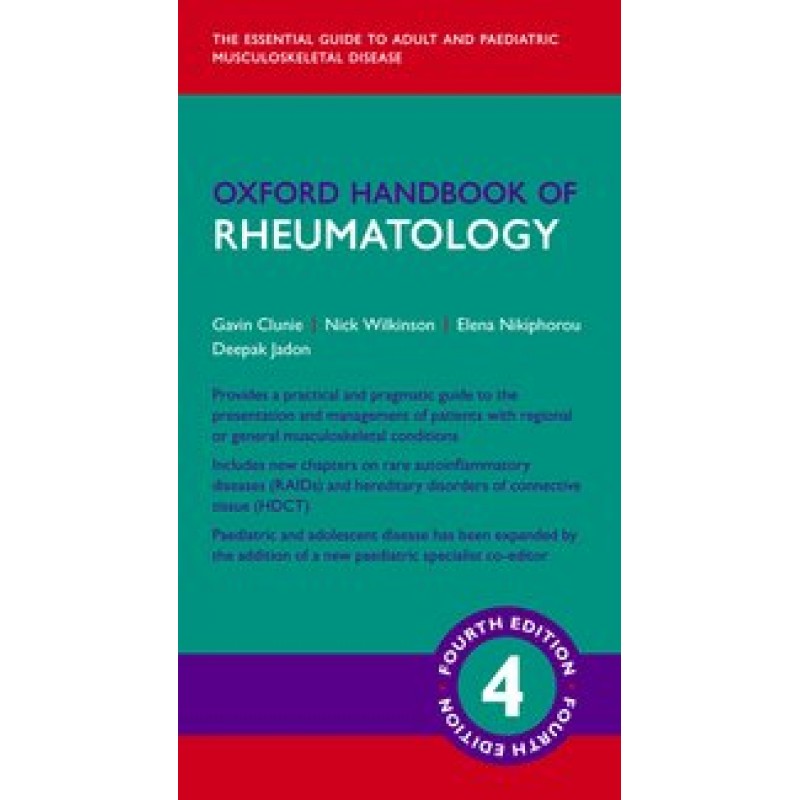Oxford Handbook of Rheumatology
- ISBN: 9780198728252
- Εκδότης: Oxford University Press
- Σελίδες: 784
- Διαστάσεις: 180x100mm
- Έτος Έκδοσης: 2018
47,00€
Χωρίς ΦΠΑ: 44,34€



